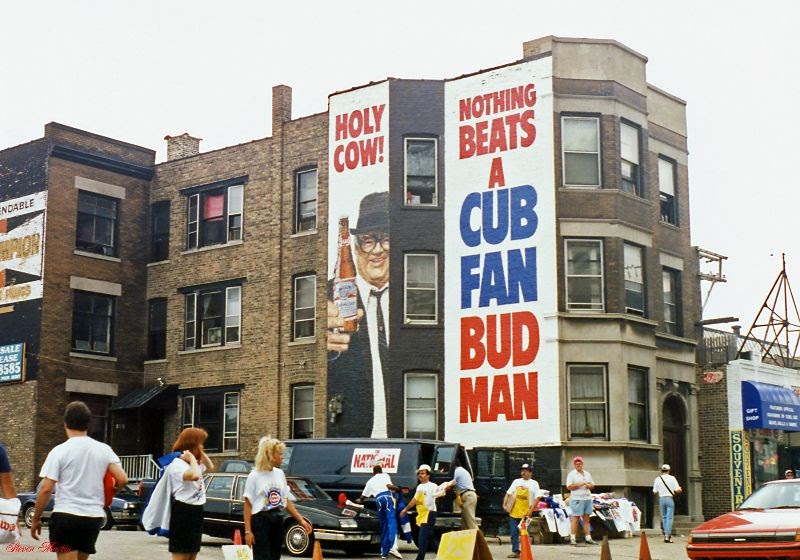Chicago in the 1990s was a vibrant mix of cultural revival, architectural growth, and urban transformation. The city’s skyline continued to ...
Why it matters
- The 1990s marked a pivotal moment in Chicago's history, showcasing a blend of cultural and architectural advancements that reshaped the city.
- Urban renewal efforts led to revitalized neighborhoods, fostering community engagement and economic growth.
- Chicago's diverse cultural scene during this decade laid the groundwork for its modern identity as a major U.S. metropolis.
In the 1990s, Chicago experienced a remarkable period characterized by a flourishing cultural scene, significant architectural expansion, and extensive urban renewal. This vibrant decade saw the city not only embrace its historical roots but also redefine its identity through innovative designs and a commitment to community revitalization.
The skyline of Chicago, already iconic, grew even more distinguished during this era. New skyscrapers emerged alongside historic structures, creating a unique juxtaposition of old and new. This architectural growth was not merely a visual enhancement; it symbolized the city’s resilience and ambition. Developers and city planners focused on transforming the urban landscape to accommodate a growing population while also preserving the rich architectural heritage that makes Chicago unique.
Neighborhoods that had previously been overlooked began to receive the attention they deserved. Areas like the Near North Side saw a resurgence, with an influx of new businesses, restaurants, and entertainment venues. This revitalization was not only beneficial for the economy but also fostered a renewed sense of community pride. Residents became more engaged in local initiatives, which aimed to enhance the quality of life and preserve the cultural fabric of their neighborhoods.
The arts flourished throughout the city during the 1990s, with institutions like the Art Institute of Chicago and the Museum of Contemporary Art playing pivotal roles in promoting cultural appreciation. The emergence of local artists and musicians contributed to a vibrant cultural landscape, fostering a sense of belonging among residents and attracting visitors from around the world. Festivals, art fairs, and live performances became commonplace, reflecting the city’s diverse heritage and artistic expression.
The culinary scene also underwent a transformation, as Chicago became known for its eclectic mix of dining options. From upscale restaurants to beloved street food vendors, the city showcased a variety of flavors that mirrored its multicultural population. This culinary renaissance not only delighted the palates of locals but also established Chicago as a culinary destination.
Amidst this cultural revival, Chicago's commitment to social issues remained steadfast. Community organizations and activists worked tirelessly to address challenges such as poverty, crime, and education in underserved neighborhoods. This grassroots movement played a crucial role in shaping policies that aimed to improve living conditions and promote equal opportunities for all residents. The 1990s became a decade of empowerment, where citizens took an active role in advocating for change and holding local leaders accountable.
Moreover, the city's dedication to public transportation improvements enhanced accessibility, providing residents with better connectivity to jobs, education, and cultural events. Initiatives to expand the CTA (Chicago Transit Authority) system reflected a forward-thinking approach to urban planning, ensuring that the benefits of growth were distributed more evenly across the city.
As the decade progressed, Chicago's reputation continued to evolve, attracting businesses and tourists alike. The blend of historic charm and modern innovation positioned the city as a focal point for commerce and tourism in the Midwest. Major events, including conventions and international conferences, showcased Chicago on a global stage, reinforcing its status as a leading city in the United States.
In summary, the 1990s were a defining decade for Chicago, marked by a flourishing cultural landscape, architectural innovation, and a commitment to community engagement. The transformation experienced during this time laid the foundation for the city’s future, highlighting the importance of cultural identity, neighborhood revitalization, and social responsibility. The legacy of this vibrant period continues to influence Chicago's trajectory, making it a city synonymous with resilience and creativity.











